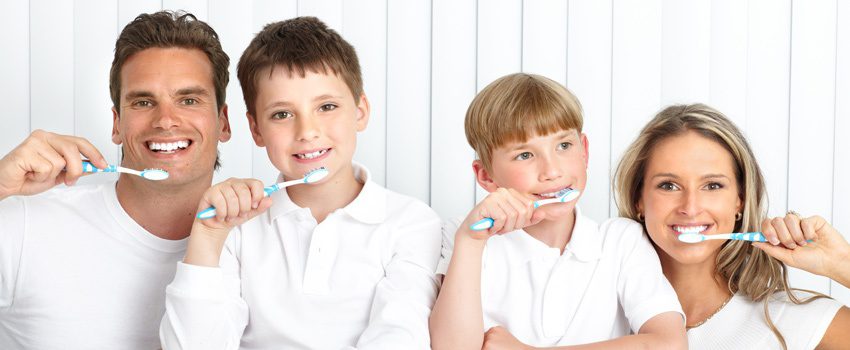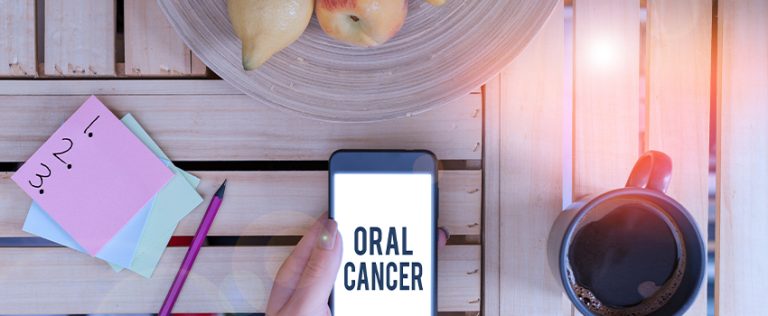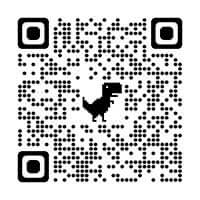From the very beginning when our teeth first start to grow as an infant, it is important that we take steps to take care of them. The care of teeth and gums is important and it is more so important to learn the correct way to care for them. And, we must realize that diet and nutrition are the most important factor in your health, including your teeth and gums. For many people who never learned the correct way to brush gums and teeth, the damage done over time can be detrimental to the teeth and gums. Brushing gums incorrectly overtime can cause damage to the gumline and may result in increasing the incidents of bacteria collecting below the gumline, bone loss, gum recession or increasing the risk of needing a gum graft (Where tissue is taken from the roof of the mouth and grafted to an area where gums have receded).
Even people who brush their teeth after every time they eat (and floss daily) can potentially negatively affect their dental health if they do it incorrectly. You may be asking yourself at this point, “How can I possibly be brushing incorrectly?” There are two very common mistakes made with the toothbrush. The first is brushing too hard and the second is brushing straight across the gumline.
Bad Brushing Habit #1: Brushing Too Hard
Many people have the mistaken belief that scrubbing the teeth hard so they have that smooth glassy feeling means the teeth are nice and clean. Dr. Strietzel will tell anyone that he suspects is brushing too hard that this action is actually sanding the tooth surface. Over time, this could wear out the enamel and put the teeth more at risk for cavities. In addition to the damage you are causing your teeth, if you are not using the circular and angled method of brushing, you are causing even more harm to your gums with the addition of aggressive brushing. This could cause abrasions on the gums and certainly increases the risk of periodontal disease, inflamed gums and bone loss (less foundation of bone to support the teeth). If your gums bleed often while brushing, you are likely brushing too hard. When you are in a hurry, you may often have the tendency to brush more aggressively so you are done sooner. This is something that we all need to be aware of every time we brush, particularly when preparing to go to school or work, when we may be thinking about the day’s agenda instead of how we are brushing our teeth.
Bad Brushing Habit #2: Brushing Across the Gumline
This is best described with a visual rather than a verbal explanation. The following two images represent the correct and the incorrect way to hold the toothbrush.
Incorrect (Note how the bristles are going over the top of the gums):

Correct (Note how the bristles are going under the gumline):

Once you have placed the toothbrush at a 45-degree angle against the tooth and gumline, then begin brushing GENTLY using a small circular motion. If you are doing it correctly, you should see the tips of the bristles brushing just under the gumline. You are doing it incorrectly if the bristles are brushing gums across the top. If you are brushing back and forth or up and down instead of in small, gentle circular motions you are likely harming your gums, because these methods don’t control the bristles as well so they don’t go across the gumline. Back and forth brushing can work, but only if you are moving ½ the tooth width or less. Many people do this and move several teeth back and forth and use too much pressure, which can seriously damage the teeth and gums.
Bad Brushing Habit # 3: Not Brushing Often or Long Enough
Ideally, brushing after every meal is the best habit to support care of teeth and gums. This helps to control the build-up of plaque which erodes and softens the tooth enamel (leading to decay). The plaque can also turn into the tartar that has to be scraped off your teeth. This is especially helpful if your diet is higher in starchy carbohydrates such as bread, pasta, rice, and if you are regularly consuming any kind of sweets. All of these foods increase the biofilm that builds up on your teeth, so you are best removing it as quickly as possible. The Mayo Clinic recommends brushing right away after consuming these kinds of foods. However, if your food or drink was acidic, such as foods containing tomato or citrus fruits, it is recommended that you wait 20-30 minutes before brushing and rinse with water first, as your mouth has a higher level of acid after consuming acidic foods and beverages. You spread that acid on your teeth when you brush right away and this may harm your enamel.
Here are some ideas to help you or your kids brush for the whole two minutes that is recommended.
1). Get a one-minute egg timer or one-minute hourglass. Start it then brush the top arch first (front and back) until the timer runs out, then flip it over or reset it for another minute and do the bottom teeth.
2) One of the methods people use for washing hands for a full minute is to sing the birthday song twice. You can apply that by humming a ditty that is about a minute long while brushing your top teeth, then repeat with your bottom teeth. Maybe make up a song for this purpose. (That’s for the kids!)
3) Get some exercise in while you brush. Count 30 squats while you brush the front top arch from one side to the other then count 30 leg lifts on one leg while brushing the back top arch. Repeat for the bottom arch 30 squats and 30 leg lifts on the opposite leg. Mix it up with 30 reps of some other exercises or stretching. Each time you get to approximately 15 reps, you should arrive at the two front teeth.
Bad Brushing Habit # 4 Using the Wrong Size and/or Hard Bristle Toothbrush.
Kids should use kids tooth brushes and adults should use adult brushes. Trust your dentist and hygienist to provide you with what is best for you. Generally, too large of a toothbrush is less efficient than one that is too small. The bristles should be soft, not hard. You should replace your toothbrush every three to six months. If the bristles start splaying out, that is an indication you may be brushing too hard and you should replace the brush sooner and practice awareness of how hard you are brushing.
An electric toothbrush can be helpful in improving the care of teeth and gums. We recommend the newer Sonicare brush as they have a feature that lets you know if you are brushing too hard. It also has an app that you can download on your phone. It will show you areas where you may be missing spots and will help you to know where to spend less time or pay more attention.
Your daily brushing should include flossing. If you are not including flossing in your daily oral care you should start a (good) habit of making it part of your brushing regimen. Keep your toothbrush and floss together so you will begin to associate them as part of your daily routine.
One last thing about your oral care habits. If you use mouthwash as part of your daily care, you need to be aware that many mouthwashes contain alcohol, which can dry out your mouth, and have other ingredients that are not considered to be healthy. Consider an organic mouthwash if you must use it.





